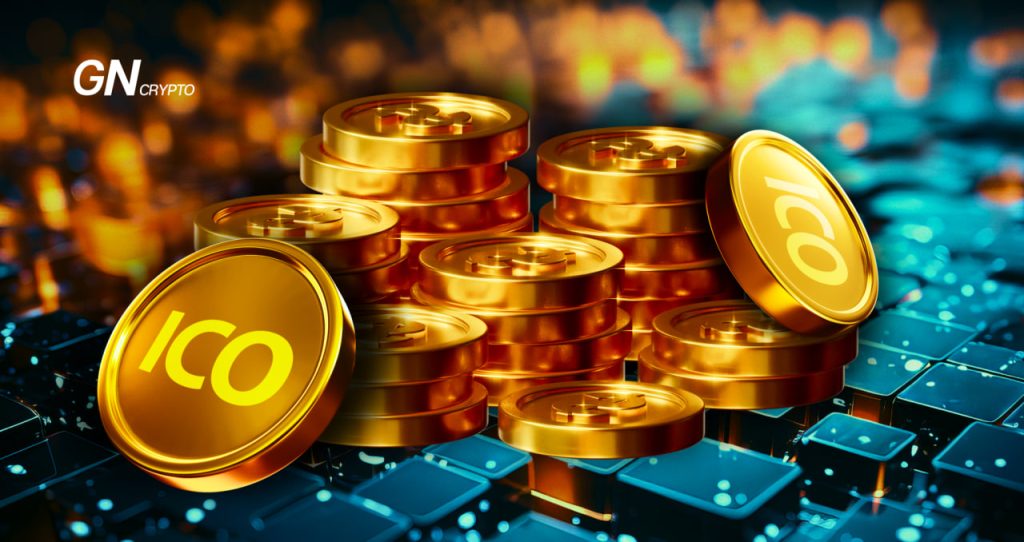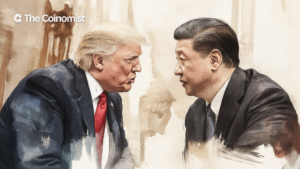Best Token Sale Models for ICOs

Selecting an appropriate token sale model is crucial for an ICO’s success. It enables investors to more accurately forecast the post-sale value of the asset, and project founders to enhance their funding prospects.
On this page
ICOs (Initial Coin Offerings) represent a pivotal channel for distributing project tokens and garnering investments. The ICO craze peaked during the 2017 bull run, with notable projects like Filecoin, Tezos, EOS, and Bancor each raising over $150 million.
Top 10 ICOs in 2017. Source: ihodl.com
Through its evolution, each new ICO has refined the concept of token sales, leading to the emergence of various effective models for ICO sales.
Reasons to Explore New ICO Sale Models:
- To enhance user interaction and interest in ICOs.
- To curb price manipulations by dominant market participants.
- To ensure post-ICO token price stability.
Both project founders and investors need a thorough understanding of these models. For founders, it's a way to effectively raise funds, and for investors, it's about grasping the future value potential of the asset.
Here's an overview of some top token sale models used in ICOs, along with real-life use cases.
Dutch Auction
In a Dutch auction, the asset's price gradually decreases from a starting point to a preset reserve level. This auction continues until either all tokens are sold or the ICO period ends.
Investors place bids to buy a certain amount of tokens at a chosen price. These bids are sorted from highest to lowest, with the lowest bid setting the floor price. Investors receive the number of tokens they bid for, and any excess amount paid is refunded.
Dutch Auction Mechanism. Source: research.nansen.ai
A Dutch auction method aims to prevent market dominance by large players. It discourages them from purchasing a large share of tokens at the ICO's start, as they can't be sure of the asset's ‘fair' value. This approach can prevent them from finding buyers later, possibly leading to losses.
An instance of the Dutch auction approach is Balancer's Liquidity Bootstrapping Pools, which operate on an AMM principle, offering a fair and efficient method for new token launches.
For example, the Algorand ICO, one of the biggest conducted via a Dutch auction, began with a token price of $10, which was eventually reduced to $2.4. Through this sale, 25 million tokens were sold, helping the project garner $60 million in investments.
Reverse Dutch Auction
A reverse Dutch auction is a unique token sale model where a fixed fundraising goal is set, but the quantity of tokens available for sale is variable, contingent on the duration of the sale. Essentially, the longer the ICO runs, the greater the number of tokens distributed to investors, leading to a lower price per token.
This model is based on the concept of purchasing assets at what is perceived as their ‘fair' market value. For investors, it means that regardless of the sale's timing, the outcome should be favorable. However, the fear of missing out (FOMO) might prompt investors to purchase tokens early in the ICO, potentially triggering a premature close of the sale. A case in point is the Gnosis ICO.
The GNO Reverse Dutch Auction. Source: bits.media
In the GNO sale, the maximum fundraising amount was set at $12.5 million. The share of tokens accessible to investors was linked to the time of purchase – starting at 5% on the first day and increasing subsequently. Due to FOMO, the sale concluded within just a few hours of launching, resulting in only 5% of GNO being distributed to investors, while the team retained the remaining 95%.
Fair Launch
A fair launch is a token sale approach where all ICO participants are given an equal chance to purchase tokens simultaneously, at the same price, and in the same quantity. This approach is frequently utilized by centralized exchanges and launchpads.
In this model, investors either randomly get the opportunity to buy tokens or earn them through specific actions. For instance, in Initial Exchange Offerings (IEOs) on centralized exchanges, participants often need to hold a certain amount of the exchange's tokens in their balance.
A key advantage of the fair launch is its ability to prevent large players from monopolizing the sale. However, the creation of multiple fake accounts can still allow large and unfair investors to gain significant allocations, acquiring a substantial part of the token offering.
Examples of implementation:
- On-chain Protocols. Platforms like Camelot and Impossible Finance are examples, with successful projects including NEU and WINR.
- Token Placement Platforms. Platforms like DAO Maker and Coinlist require KYC and set limits on the amount of asset purchases, lock-up periods, and token distribution rules. Highly successful projects in this category are Clearpool, Sweat Economic, XCAD Network, and large projects like Solana, Celo, and Flow.
- Centralized Exchanges. These platforms require KYC and involve interaction with their native tokens. WhiteBit is an example of such a platform.
Recent IEOs such as JovJou and Scamfari conducted on WhiteBit required participants to hold WBT coins for allocation. These projects raised investments of $0.5 million and $1 million, respectively.
Uncapped
This model is characterized by the absence of any limits on the cost and quantity of tokens purchased, with the only possible restriction being the ICO's duration. Its unique aspect is allowing investors to play a role in determining the “fair” value of the tokens. A notable instance is the 2014 Ethereum ICO.
Ethereum ICO Metrics. Source: vitalik.ca
The Ethereum ICO spanned 42 days, selling over 60 million ETH. The tokens were available for Bitcoin. Initially, for the first 14 days, the rate was fixed at 2000 ETH per 1 BTC, but afterward, it incrementally rose to 1337 ETH per BTC.
Collect and Return
This ICO sale model involves setting a fundraising goal, with the possibility of temporarily exceeding it. After the token sale concludes, a smart contract calculates each investor's proportional share based on the set limit and allocates tokens accordingly. Any surplus between the initial deposit and the actual purchase amount is returned to the investor.
Dynamic Ceiling
In this model, a project sets a maximum limit for each transaction. This requires investors to pay a fee for each token purchase, making the acquisition of large token quantities economically disadvantageous. This model is designed to discourage massive token purchases by a single investor or entity, promoting a more equitable token distribution.
Which ICO Sale Model is the Best?
Each token sale model mentioned earlier has its pros and cons. Identifying the best model is a tough task as it greatly depends on the objectives of the project and the specifics of the ICO platform being used.
As ICOs continue to evolve, there's room for improvement in each model and the potential to develop new ones. Hence, the quest to find the ultimate token sale model remains an ongoing challenge in the blockchain industry.
The content on The Coinomist is for informational purposes only and should not be interpreted as financial advice. While we strive to provide accurate and up-to-date information, we do not guarantee the accuracy, completeness, or reliability of any content. Neither we accept liability for any errors or omissions in the information provided or for any financial losses incurred as a result of relying on this information. Actions based on this content are at your own risk. Always do your own research and consult a professional. See our Terms, Privacy Policy, and Disclaimers for more details.






























